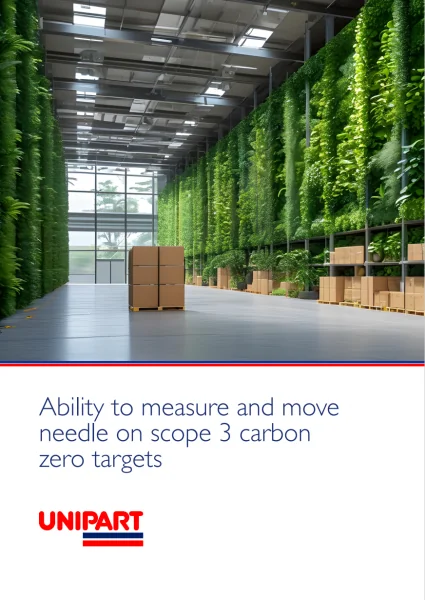
In an era where sustainability is no longer optional, the automotive industry faces a monumental challenge: managing Scope 3 emissions. These indirect emissions, occurring throughout a company’s value chain, account for a staggering up to 98% of an automotive company’s total carbon footprint. As pressure mounts from regulators, consumers, and investors, addressing these emissions has become crucial for meeting sustainability goals and maintaining competitiveness.
The scope 3 conundrum
Imagine trying to measure and control emissions from thousands of suppliers across multiple tiers, spanning raw material extraction to end-of-life vehicle disposal. This complexity is just the tip of the iceberg when it comes to managing Scope 3 emissions in the automotive sector.
Key challenges:
- Intricate supply chains with limited visibility into lower-tier suppliers
- Data collection and quality issues across the value chain
- Balancing emission reduction with cost and performance requirements
- Measuring and influencing end-user vehicle emissions
A roadmap to reduction
Despite these challenges, leading automotive companies are making strides. From establishing comprehensive measurement systems to engaging suppliers and leveraging cutting-edge technologies, the industry is slowly but surely charting a course towards carbon neutrality.
But how exactly are they doing it? What strategies are proving most effective? And how can your company navigate this complex landscape?
Our latest insights paper, “Ability to measure and move the needle on scope 3 carbon zero targets,” dives deep into these questions. Authored by Unipart Logistics’ Head of Automotive Sector, Richard Hankinson, it offers invaluable insights into:
- Current industry benchmarks and best practices
- Innovative approaches to measurement and reduction
- The role of external support in emissions management
- Future outlook and opportunities for the sector
Read our expert insights
Discover how your company can transform ambitious carbon reduction goals from a “pipedream” into tangible, measurable progress towards a sustainable future. Don’t miss out on this crucial resource for anyone involved in automotive sustainability efforts.

